
 By: Lyndsay Wood, OTD, OTR/L
By: Lyndsay Wood, OTD, OTR/L
NESCA Transition Specialist & Occupational Therapist
Procrastination is affecting a lot of us these days. There is a wide variety of reasons that people put things off until the last minute. In a previous blog, I discussed tips for anxiety-based procrastination which you can read here. Today I would like to talk about procrastination related to low motivation.
Have you ever had a day where you cannot get off the couch, and you want to keep binge watching your favorite show? Or, maybe you have noticed your child cannot seem to get off TikTok to do their homework. These are all examples of procrastination as a result of low motivation.
It can be extremely challenging to find the motivation to do things we don’t want to, especially when it means transitioning away from the things that bring us joy. You may have noticed this getting worse as the weather turns colder and the sun sets earlier each day. Many people find that their mood and motivation hit a low during these fall and winter months. So, how do you overcome this feeling?
Here are five strategies to get over the procrastination hurdle when motivation is low.
1. Momentum Stairs – Do you remember learning about Newton’s Laws of Motion? The Law of Inertia says an object at rest will stay at rest, and an object in motion will stay in motion. Makes sense, right? If you have been sitting still and engaging in an activity you enjoy (I’m looking at you, Netflix), it can be extremely difficult to transition to the task you have been putting off.
Sometimes, the best thing to do is to start with an activity that is more enjoyable just so you can get moving. For example, if you need to write a paper, but you can’t get off the couch, build your momentum by making yourself a cup of tea. That gets you off the couch and away from the TV, and once you are up, maybe you complete a small chore that isn’t too difficult (watering your house plants, wiping the counter, etc.) then you can move on to start writing your paper.
To initiate that movement, it is easiest to start with something easy and work your way toward the task that you have been procrastinating. Some folks find it helpful to picture a set of stairs; the activity they enjoy is at the top and the uninteresting task is at the bottom. You must take small steps down the stairs to build momentum toward the activity at the bottom of the stairs.
2. Habit Stacking – Habit stacking is a great strategy to help build routines out of existing habits and overcome low motivation. Once a routine is in place, it takes a lot less energy and motivation to complete those regular activities since they have become automatic.
The principle behind this strategy is that you slowly add to existing habits until you have formed a routine. For example, let’s say you eat breakfast every morning, but have not been good about taking your vitamins. By habit stacking, you could start taking your vitamins every day as soon as you finish breakfast, thereby accomplishing two things much more easily than having to remember to take your vitamins separately later in the day.
It may be helpful to place your vitamins in your pantry so there is always a visual reminder when you are making breakfast. Stacking habits in this way can make it much easier to form new routines that help you get past low motivation and accomplish bigger goals.
3. Reduce Barriers – Another helpful strategy for low motivation is to reduce the barriers needed to start the activity. Sometimes it can feel overwhelming to think about cooking that homemade meal you have been wanting to try, or to deep clean an area of your house that you can never get to. That results in low motivation, and the best way to overcome it is to reduce any barriers to initiating the activity.
One suggestion is to take all the materials you will need to complete the task out the day or night before. That can help reduce the barriers to getting started when you are feeling tired later in the day. You could also create checklists for yourself to reduce the cognitive load for certain chores. For example, a house cleaning checklist. Follow this checklist each time you have to clean so that you do not need to use as much brain power. When you can reduce the barriers to starting an activity, it will be so much easier to get up the motivation to complete it.
4. Pairing – Try pairing an activity you must do with something you enjoy doing. When motivation is low, sometimes the only way we can get ourselves up and moving is by combining the activity we have been putting off with something enjoyable. The key to making an effective and lasting pair is to ensure you only engage in the specific fun activity while completing the unpreferred task.
For example, if one of your goals it to take a daily walk to improve your health, but you cannot find the motivation to do it each day, it might help to pair it with a new audiobook that you are really excited about. Only allow yourself to listen when you are walking because that will transform the walk itself into a reward, and you will likely stop dreading it.
5. Five-minute Max – The five-minute max strategy is excellent for low motivation – and it’s easy to accomplish. Set a five-minute timer and start the activity you have been putting off. Tell yourself that you can stop the activity after five minutes. More than likely, once you start, you will be able to keep going, but you have the option to stop after just five minutes. Knowing that you only have to work for five minutes can help when motivation is low and make a task seem a lot less exhausting.
There is no perfect strategy that works for everyone in every situation, but adding these strategies to your toolbox can help you experiment with which methods work best for you. See if you can find just one tool to help you in those moments when low motivation is impacting your ability to get moving.
About Lyndsay Wood, OTD, OTR/L
Lyndsay Wood, OTD, OTR/L, is an occupational therapist who focuses on helping students and young adults with disabilities to build meaningful skills in order to reach their goals. She has spent the majority of her career working in a private school for students with ASD. She has also spent some time working in an inpatient mental health setting. Lyndsay uses occupation-based interventions and strategies to develop life skills, executive functioning, and emotional regulation. While completely her doctoral degree at MGH Institute of Health Professions, Lyndsay worked with the Boston Center for Independent Living to evaluate transition age services. She uses the results from her research to deliver services in a way that is most beneficial for clients. Specifically, she focuses on hands-on, occupation-based learning that is tailored the client’s goals and interests.
meaningful skills in order to reach their goals. She has spent the majority of her career working in a private school for students with ASD. She has also spent some time working in an inpatient mental health setting. Lyndsay uses occupation-based interventions and strategies to develop life skills, executive functioning, and emotional regulation. While completely her doctoral degree at MGH Institute of Health Professions, Lyndsay worked with the Boston Center for Independent Living to evaluate transition age services. She uses the results from her research to deliver services in a way that is most beneficial for clients. Specifically, she focuses on hands-on, occupation-based learning that is tailored the client’s goals and interests.
To book coaching and transition services at NESCA, complete NESCA’s online intake form.
Neuropsychology & Education Services for Children & Adolescents (NESCA) is a pediatric neuropsychology practice and integrative treatment center with offices in Newton and Plainville, Massachusetts, as well as Londonderry, New Hampshire. NESCA serves clients from preschool through young adulthood and their families. For more information, please email info@nesca-newton.com or call 617-658-9800.




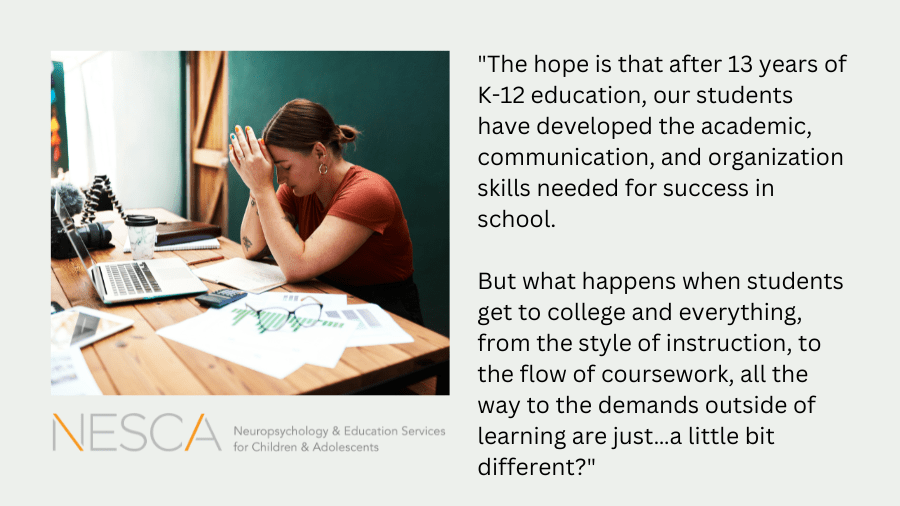

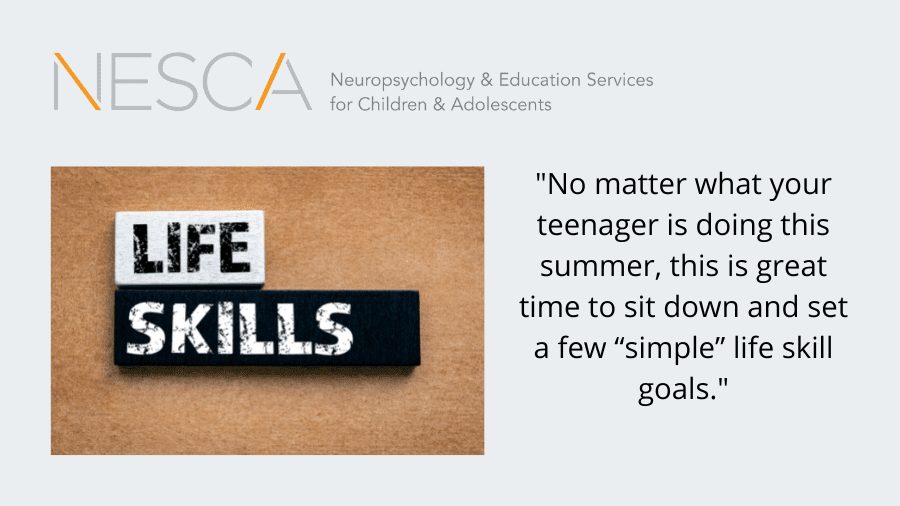
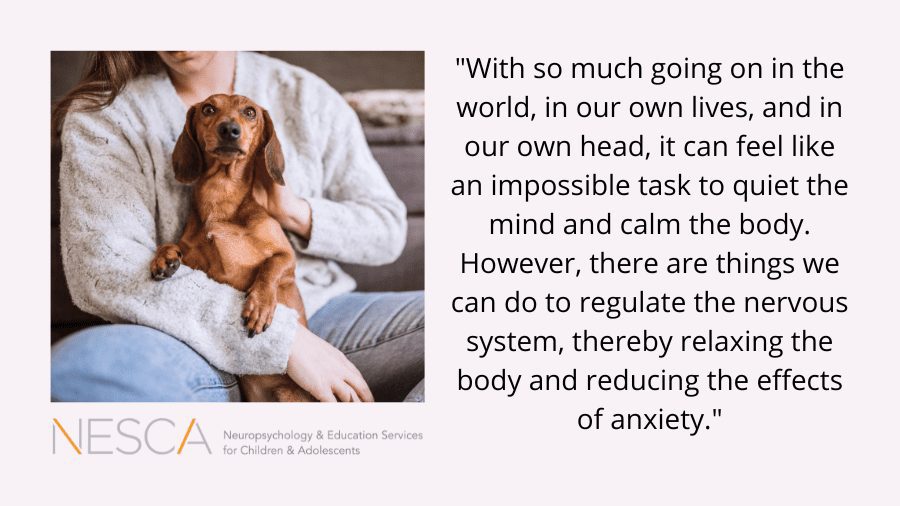



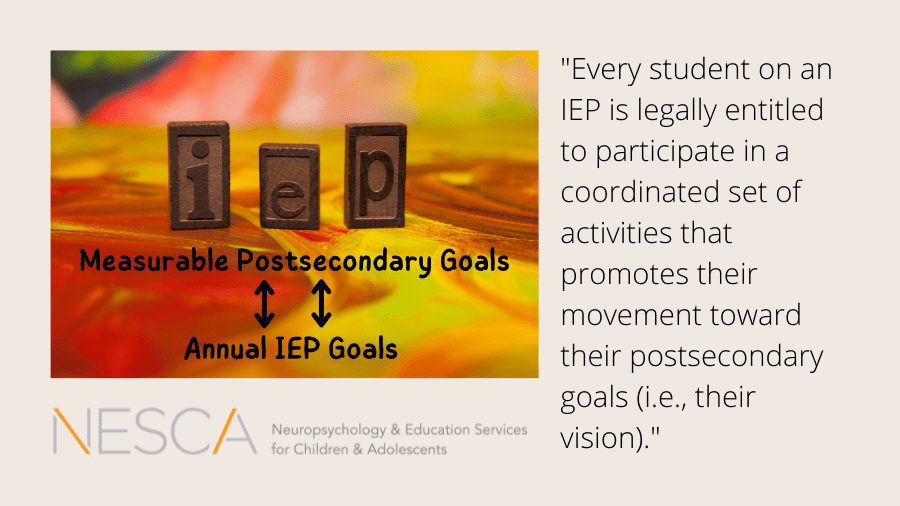

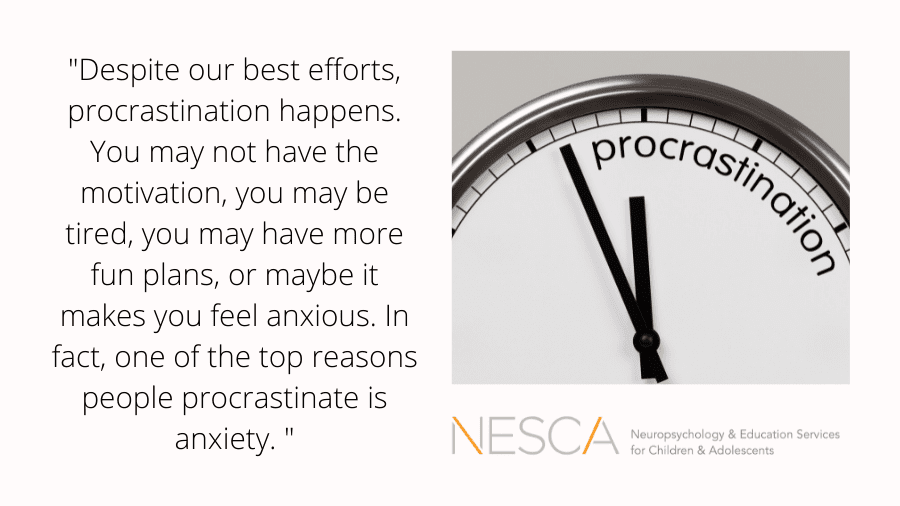
Connect with Us